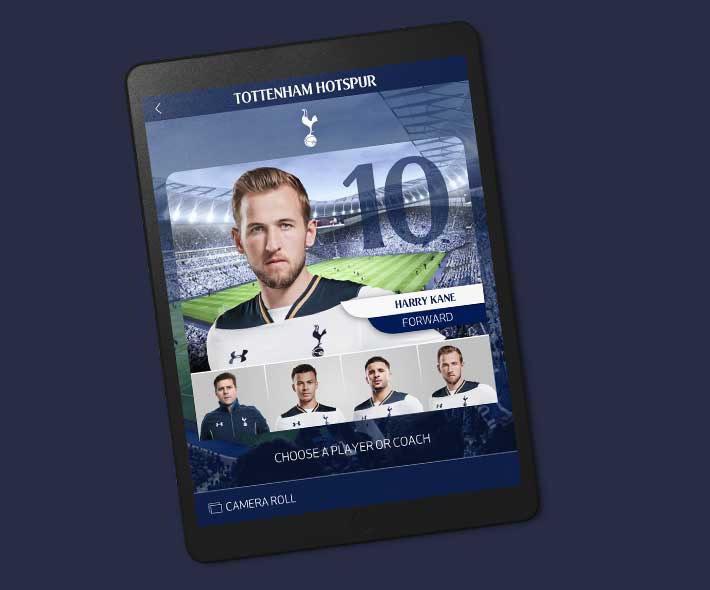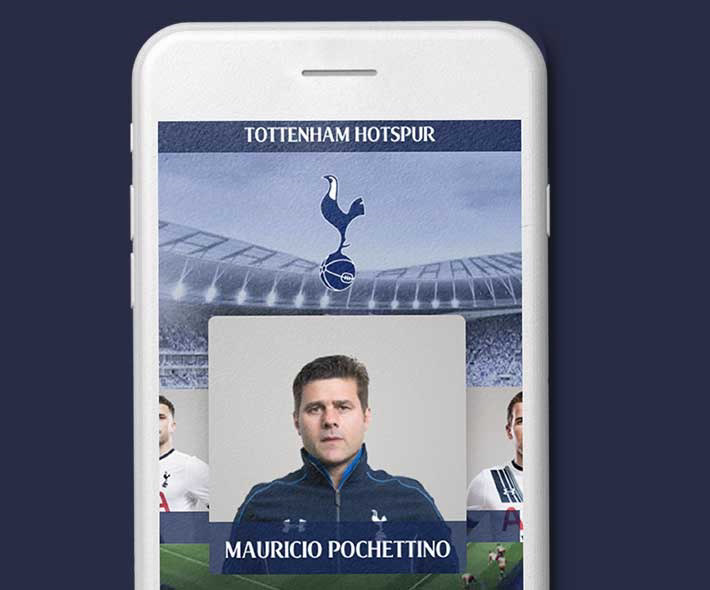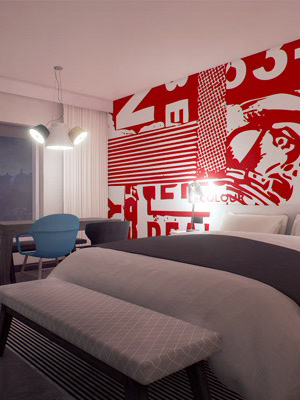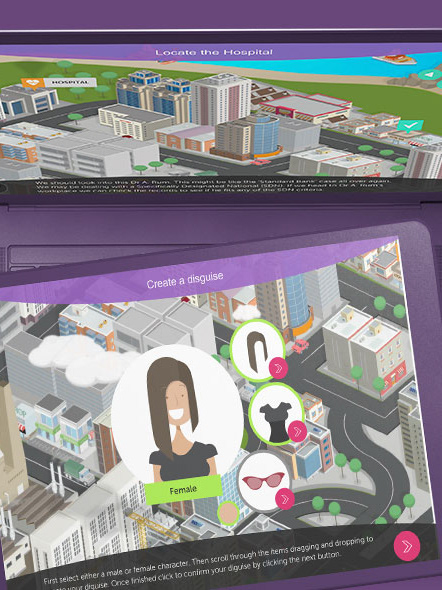Tottenham Hotspur Football Club (THFC) proudly commissioned the innovative SPVRS project during the exciting phase of constructing their new stadium. This cutting-edge immersive reality suite allows users to explore the future stadium in stunning detail, offering a glimpse into what fans can look forward to on match days. Complementing the Spurs Immersive Reality suite, a series of interactive apps will showcase and offer suites and seating options within the new THFC stadium.
One of the flagship features is a publicly accessible augmented reality (AR) app, which enables users to visualize a detailed 3D model of the stadium. Users can effortlessly view future luxury boxes and suites using their mobile devices, making the anticipation of attending games even more thrilling.
Another app focuses on enhancing the in-stadium experience. With the help of a large tracker image displayed in the stadium, fans can see a dynamic 3D representation of the venue from the exact perspective of their potential seats. This unique feature allows supporters to envision their matchday experience better before arriving. To build excitement for their new home ground, we also developed an engaging AR app that will enable fans to "take photos" with their favorite players.
Collaborating closely with the team’s athletes, we captured lifelike video avatars that fans can pose with, creating memorable and interactive photo experiences. This initiative allows fans to connect with their heroes fun and innovatively, enhancing the overall connection between the club and its supporters.
Role: Lead Product Designer
With all three apps and the virtual reality experience, I was tasked with creating a user experience and interfaces that would allow the user to flow through the Spurs Virtual Suite seamlessly.







The Process
Research & Discovery: I began each project with thorough discovery sessions, including stakeholder interviews, competitive analysis, and user research. The goal was to understand the client’s industry, target audience, and business objectives. This research provided the foundation for informed design decisions rooted in creativity and data.
Wireframing & Prototyping: I translated insights from the discovery phase into wireframes and interactive prototypes showcasing key functionalities and user flows. I shared prototypes with clients and stakeholders for feedback and approval before moving into full design. This collaborative approach ensured that all design elements aligned with business goals and user needs.
Collaboration with Development: I worked closely with Junction 18’s development team to ensure the designs were feasible and optimized for implementation. Regular design reviews and sprint planning sessions allowed for smooth communication and ensured that the final product maintained design integrity while being technically sound.
Iterative Design Process: Using an agile, iterative approach, I delivered design updates in cycles, allowing for continuous refinement based on client and user feedback. This process enabled the team to pivot quickly when necessary and adapt to changing project needs, ensuring that the final product was both high-quality and aligned with evolving business requirements.


















